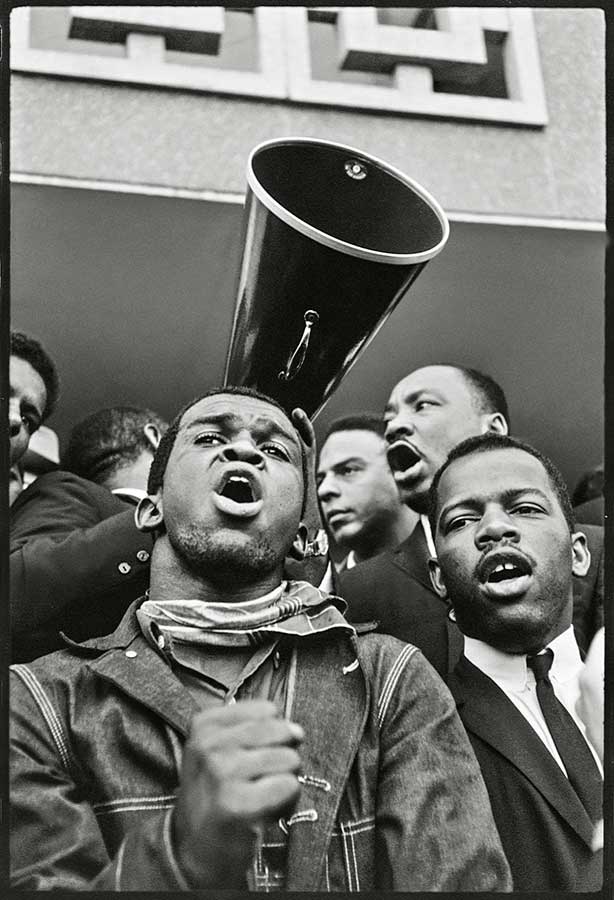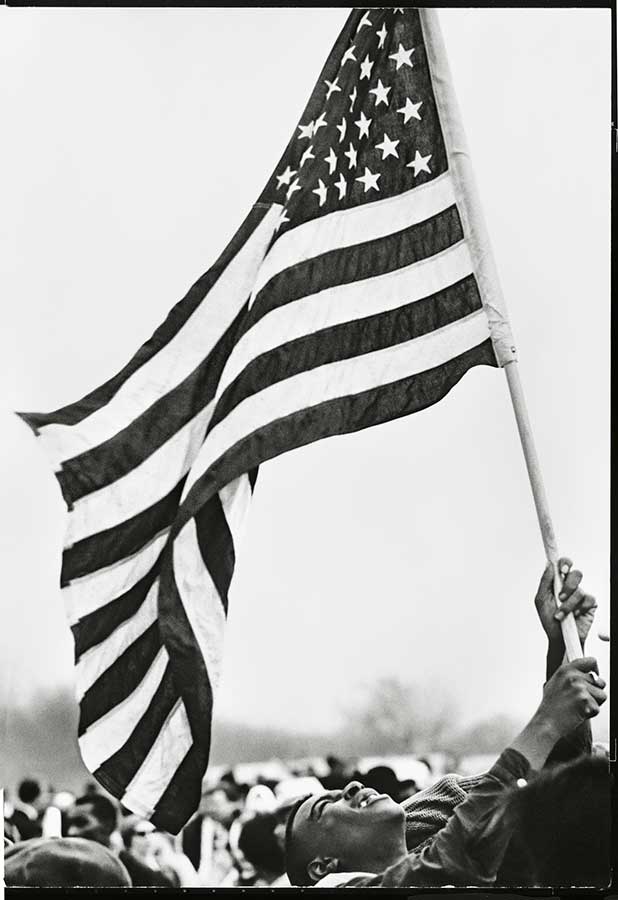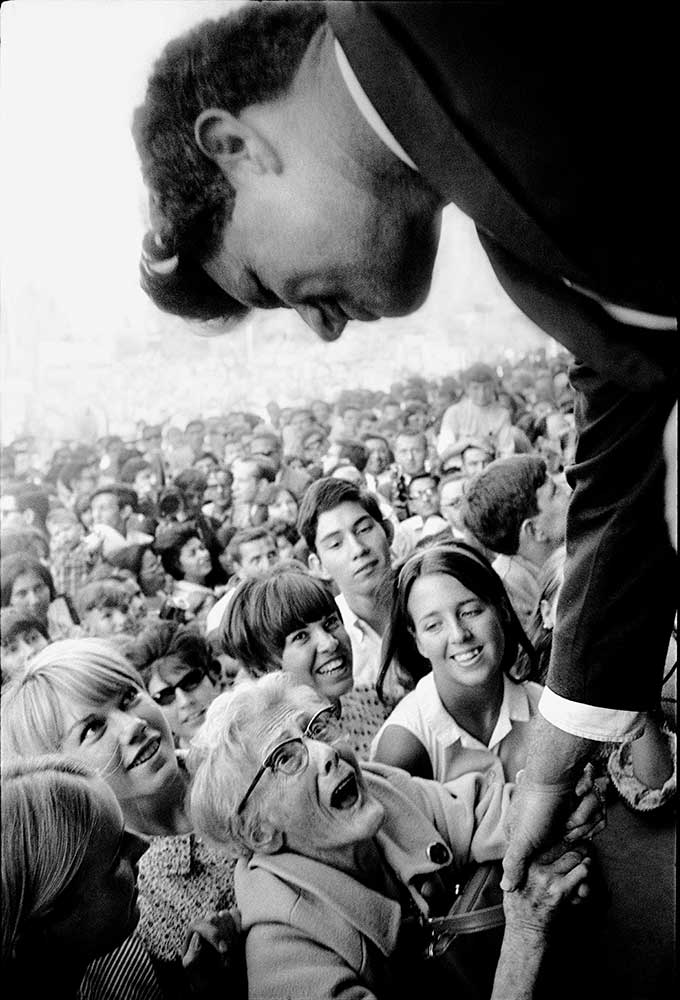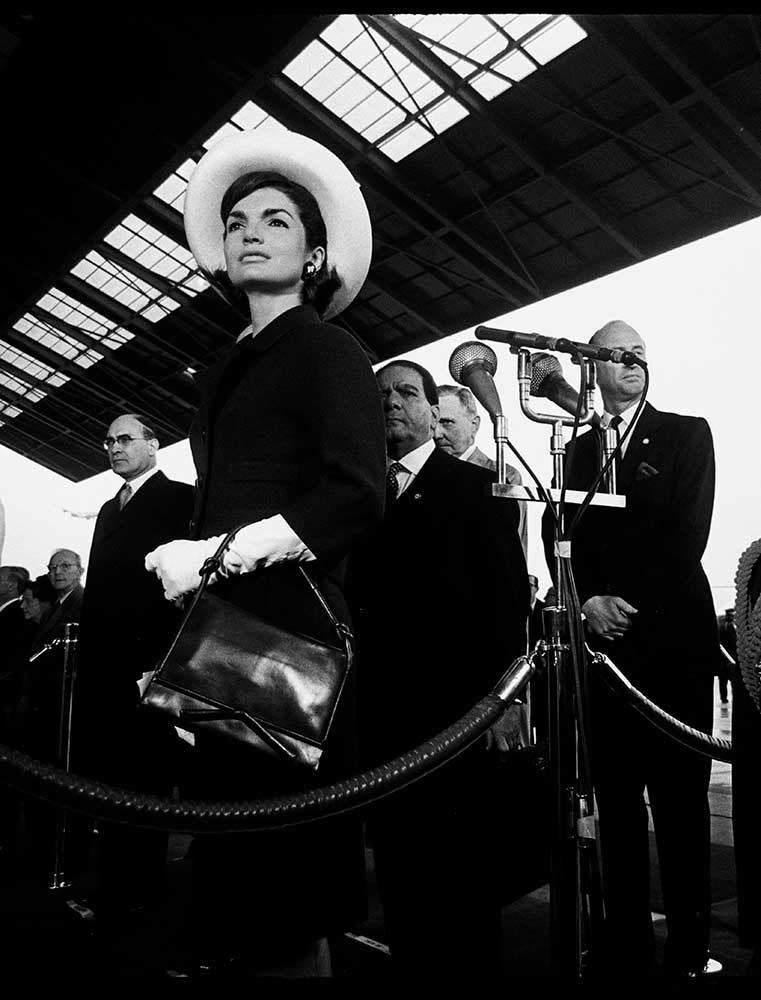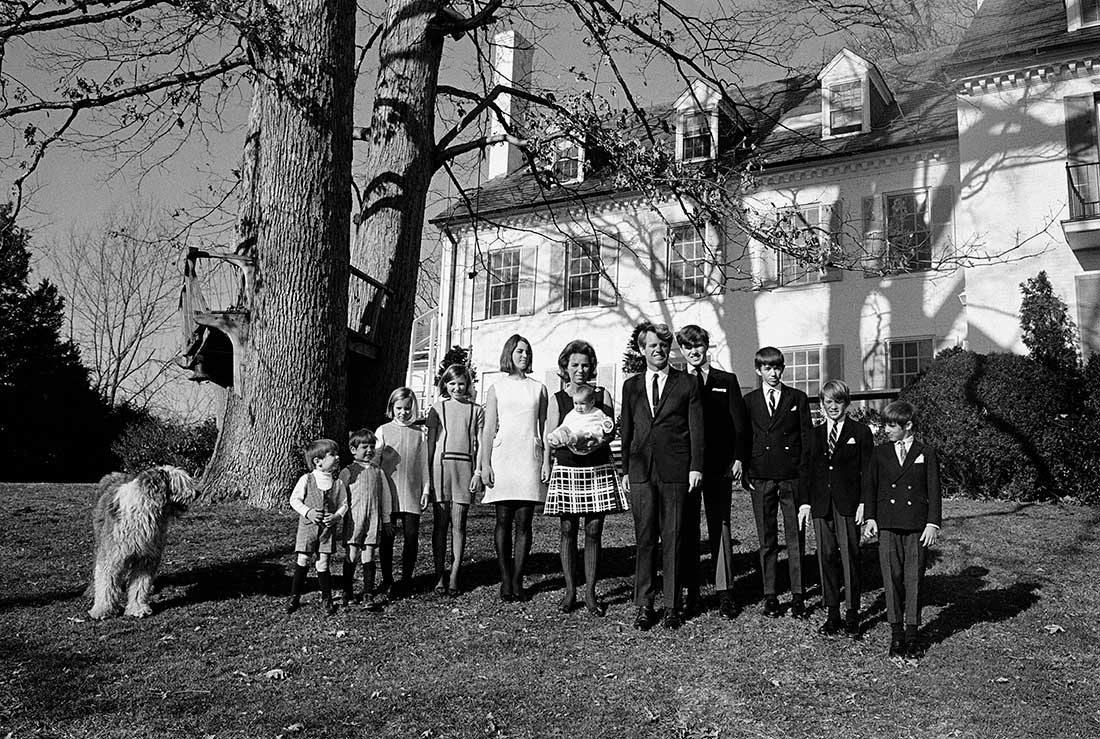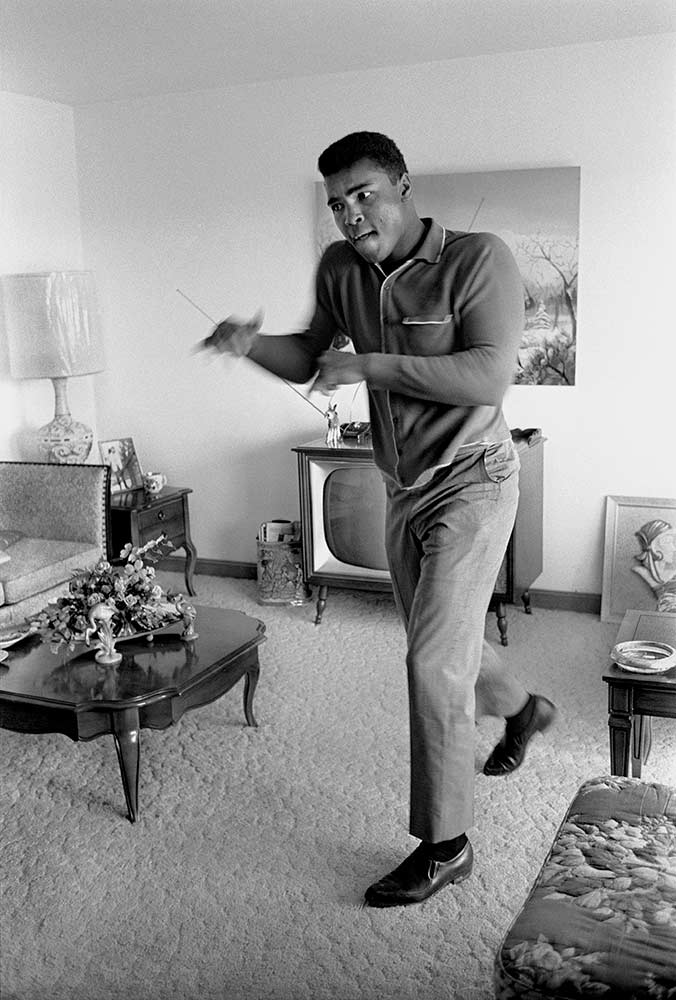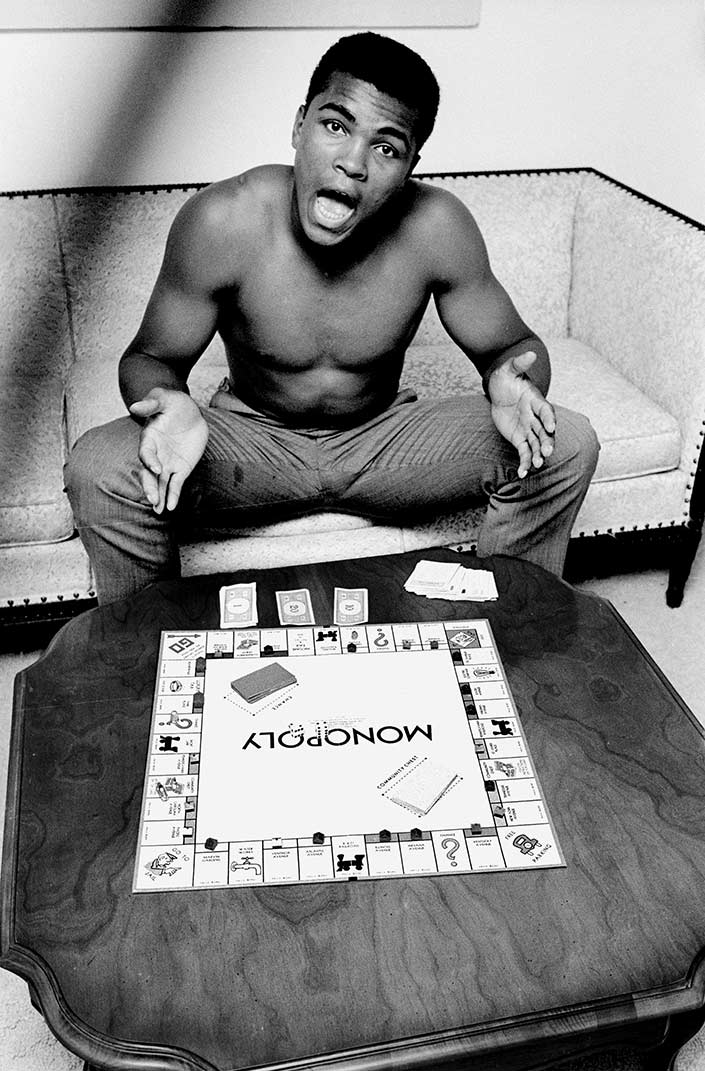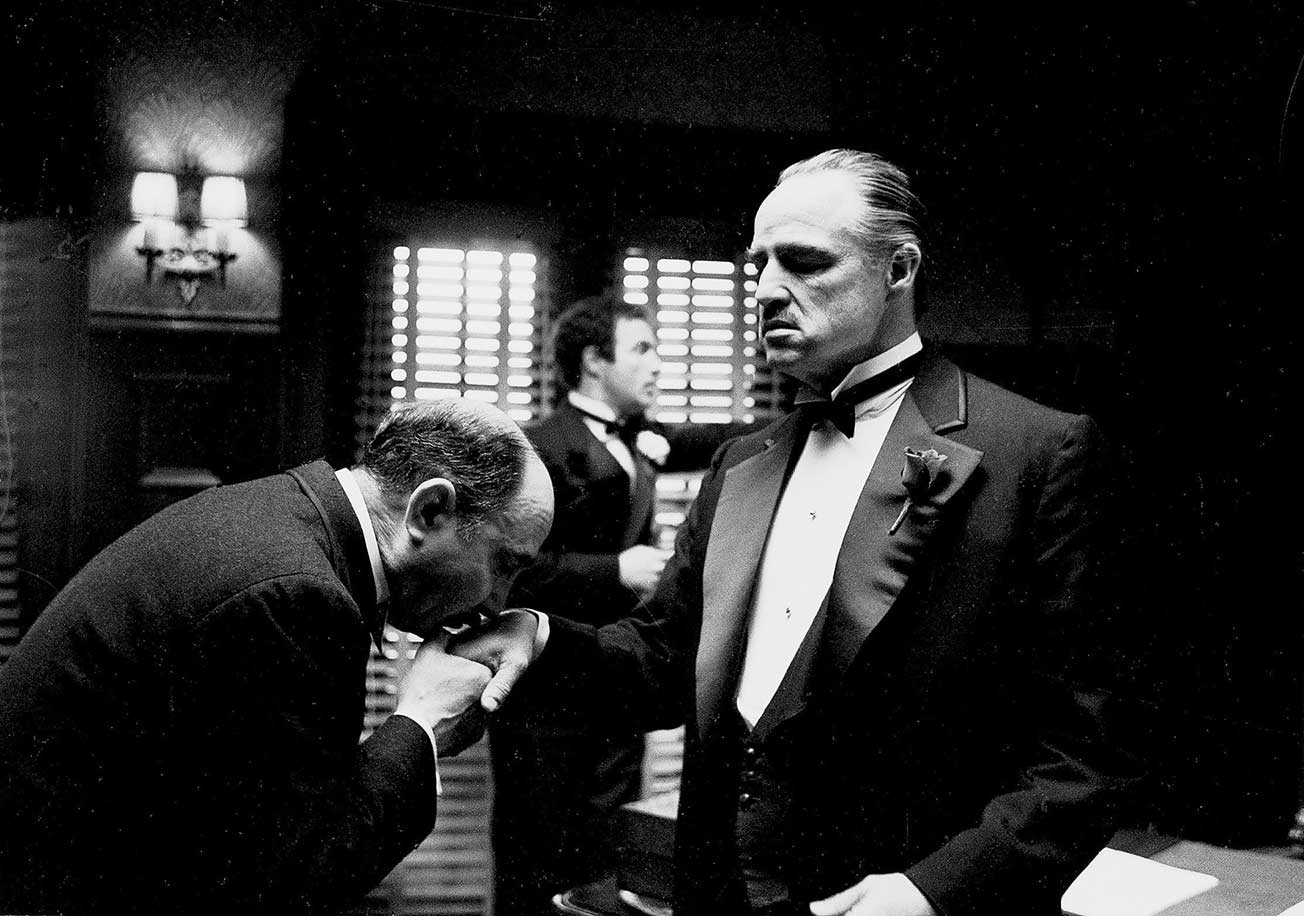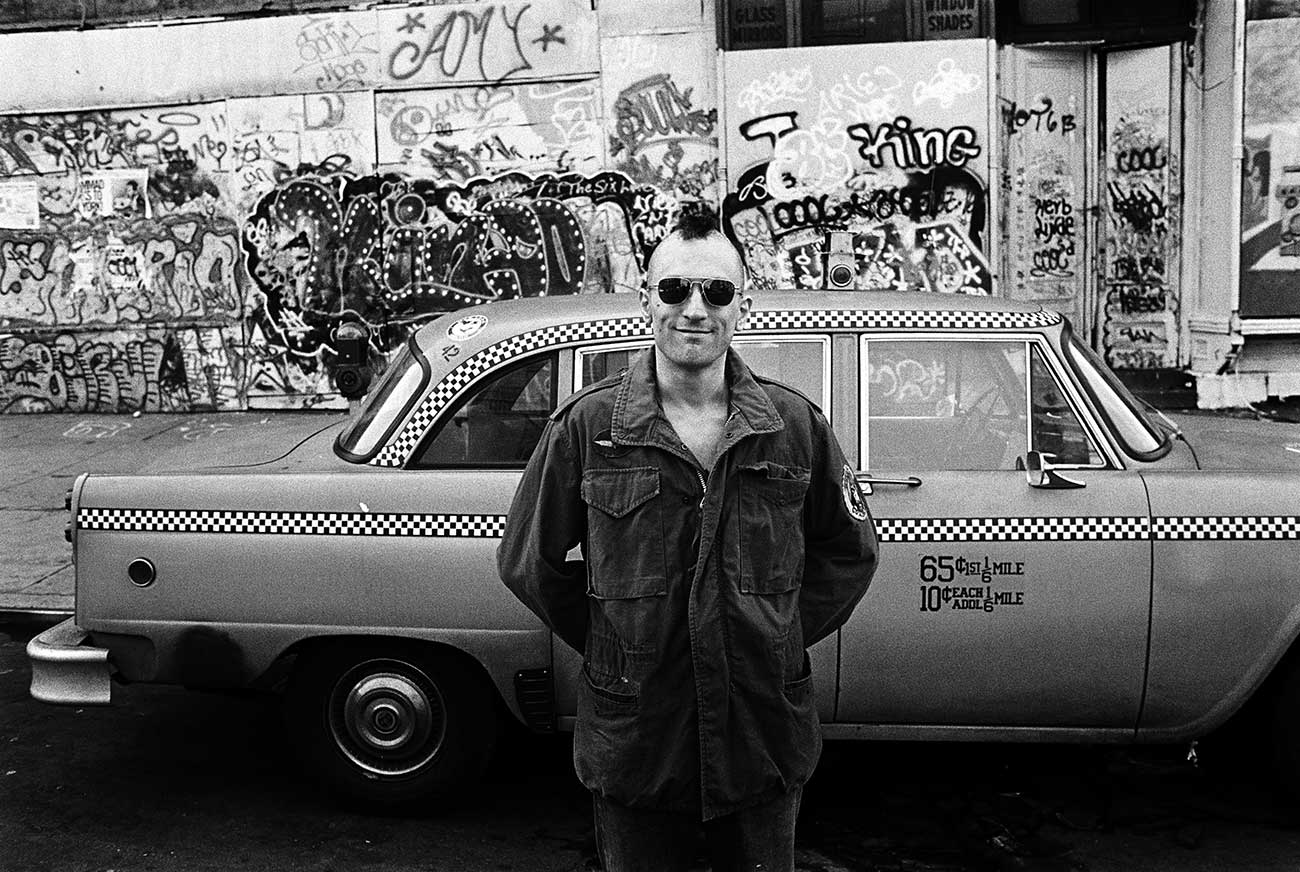It is a great honor to publish an article dedicated to the legendary, prolific photographer Steve Schapiro, who died peacefully on January 15, 2022.
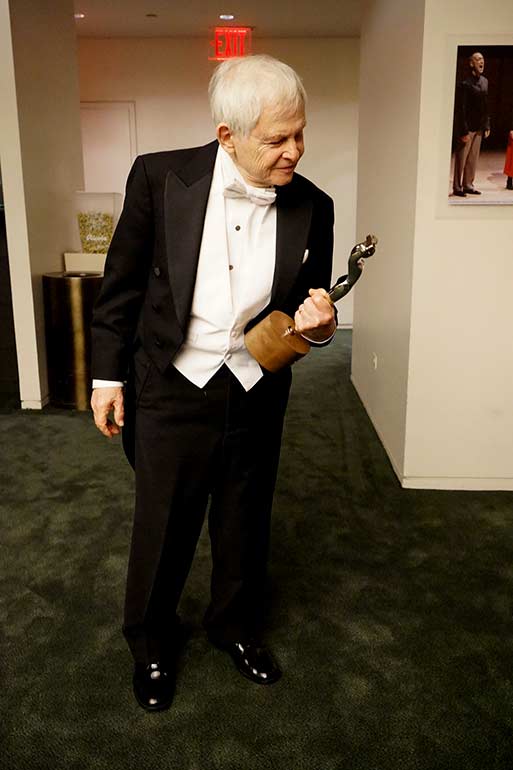
“Don’t try to emulate those who have come before you. It is crucial to have a sense of photographic history, but the photographers who have come before you have done their work. You are a new generation. It’s your turn now.”
– Steve Schapiro. Interview in Lens Magazine | Published on December 2019. Issue #63
Legendary photographer and photojournalist Steve Schapiro captured some of the most important historical events of the ’60s and ’70s and continued to work in a documentary vein for the past 30 years.
Throughout his long career, Schapiro won the Lucie Award for Achievement in Photojournalism, and his work is represented in many private and public collections, including the Smithsonian Museum, the High Museum of Art, the New York Metropolitan Museum, and the Getty Museum.
Schapiro contributed to the world with his high proficient skills and knowledge until the very last day of his life.
He was a genuinely remarkable photographer; May He Rest In Peace.
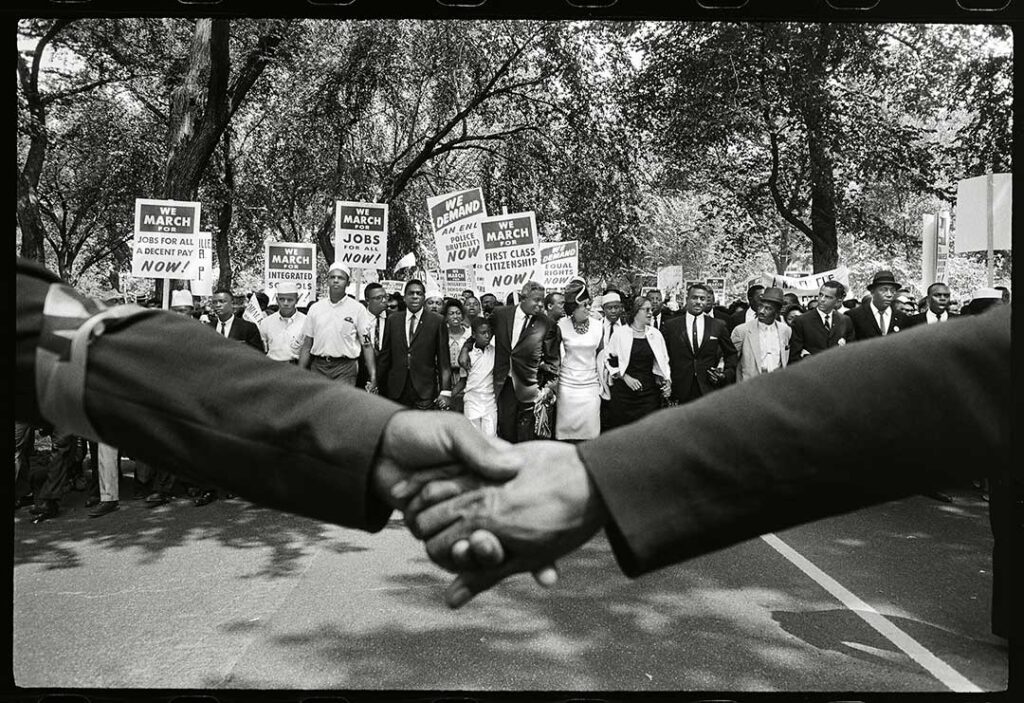
March on Washington, Washington, D.C., 1963. Among those visible are American baseball player Jackie Robinson, Civil Rights activists Rosa Parks, and Reverend Fred Shuttlesworth. The march and rally provided the setting for the Reverend Martin Luther King Jr’s iconic “I Have a Dream” speech.
Steve Schapiro © All rights reserved.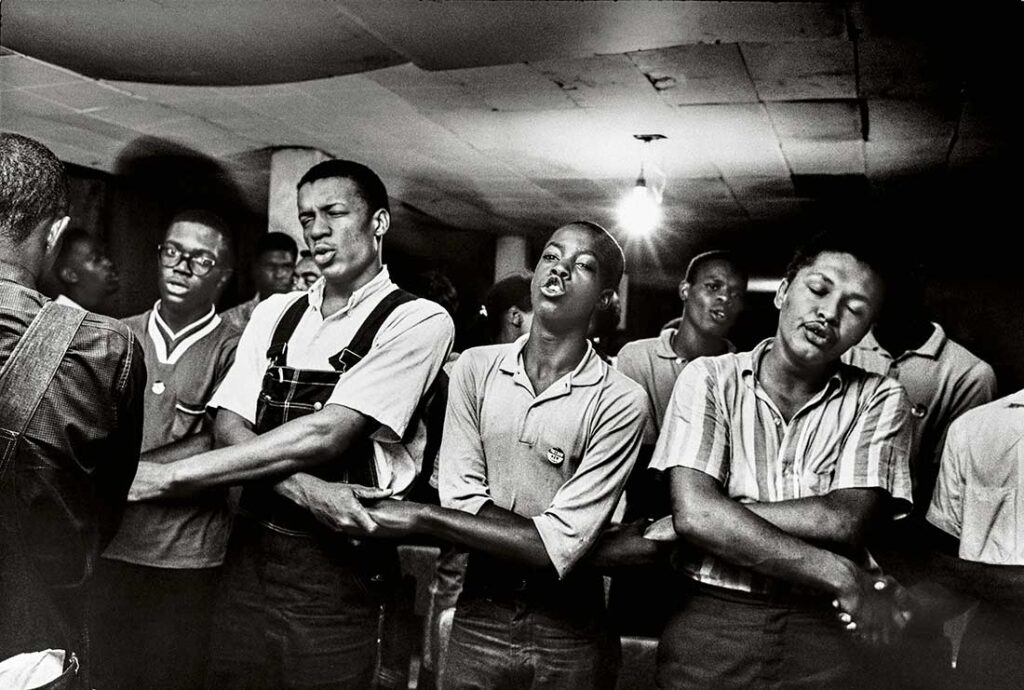
“We Shall Overcome,” Clarksdale, Mississippi, 1965
Civil Rights worker Jerome Smith and other men singing We Shall Overcome, 1963
Steve Schapiro © All rights reserved.
IN MEMORY OF LEGENDARY PHOTOJOURNALIST
Steve Schapiro died peacefully on January 15, surrounded by his wife, Maura Smith, and son, Theophilus Donoghue, in Chicago, Illinois, after battling pancreatic cancer. He was 87.
Steve Schapiro discovered photography at the age of nine at summer camp. Excited by the camera’s potential, Schapiro spent the next decades prowling the streets of his native New York City, trying to emulate the work of French photographer Henri Cartier Bresson, whom he greatly admired. His first formal education in photography came when he studied under the photojournalist W. Eugene Smith. Smith’s influence on Schapiro was far-reaching. He taught him the technical skills he needed to succeed as a photographer but also informed his personal outlook and worldview. Schapiro’s lifelong interest in social documentary and his consistently empathetic portrayal of his subjects is an outgrowth of his days spent with Smith and the development of a concerned humanistic approach to photography.
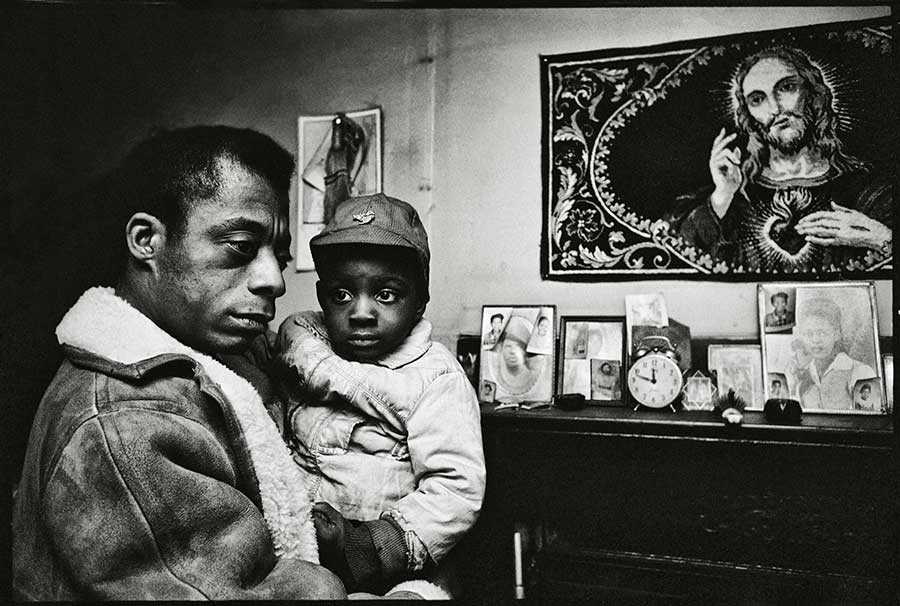
Writer James Baldwin comforts an abandoned child at a neighbor’s home in Durham, North Carolina, 1963
Steve Schapiro © All rights reserved.
Beginning in 1961, Schapiro worked as a freelance photojournalist.
Schapiro’s photographs appeared internationally in the pages and on the covers of magazines, including Life, Look, Time, Newsweek, Rolling Stone, Vanity Fair, Sports Illustrated, People, and Paris Match.
During the decade of the 1960s in America, called the “golden age in photojournalism,” Schapiro produced photo-essays on subjects as varied as narcotics addiction, Easter in Harlem, the Apollo Theater, Haight-Ashbury, political protest, the presidential campaign of Robert Kennedy, poodles and presidents.
A particularly poignant story about the lives of migrant workers in Arkansas, produced in 1961 for Jubilee and picked up by the New York Times Magazine, both informed readers about the migrant workers’ difficult living conditions and brought about tangible change—the installation of electricity in their camps.
Schapiro, an activist, and a documentarian, covered many stories related to the Civil Rights movement, including the March on Washington for Jobs and Freedom, the push for voter registration, and the Selma to Montgomery march. Called by Life to Memphis after Martin Luther King Jr.’s assassination, Schapiro produced some of the most iconic images of that tragic event.
In the 1970s, as picture magazines like Look folded, Schapiro shifted attention to film. With major motion picture companies as his clients, Schapiro produced advertising materials, publicity stills, and posters for such notable films as The Godfather, Taxi Driver, Midnight Cowboy, and Chinatown.
He also collaborated on projects with musicians, such as Barbra Streisand and David Bowie, for record covers and related art.
Schapiro’s photographs have been widely reproduced in magazines and books related to American cultural history from the 1960s forward, civil rights, and motion picture film.
Young man waving American flag during Selma to Montgomery Civil Rights March, 1965
Steve Schapiro © All rights reserved.
Monographs of Schapiro’s work include the award-winning American Edge (2000), a book about the spirit of the turbulent decade of the 1960s in America; and Schapiro’s Heroes (2007), which offers long intimate profiles of ten iconic figures: Muhammad Ali, Andy Warhol, Martin Luther King Jr., Robert Kennedy, Ray Charles, Jacqueline Kennedy Onassis, James Baldwin, Samuel Beckett, Barbra Streisand, and Truman Capote.
Schapiro’s Heroes was the winner of an Art Directors Club Cube Award.
Taschen released The Godfather Family Album: Photographs by Steve Schapiro in 2008, followed by Taxi Driver (2010), both initially in signed limited editions. This was followed by Then And Now (2012), Bliss about the changing hippie generation (2015), BOWIE (2016), Misericordia (2016), an amazing facility for people with developmental problems, and—in 2017—books about Muhammad Ali and Taschen’s Lucie award-winning The Fire Next Time with James Baldwin’s text and Schapiro’s Civil Rights photos from 1963 to 1968.
At the time of his death, Schapiro was working on a book of his photographs of Andy Warhol (Taschen) and a book pairing his photographs alongside his son Theophilus’s photography.
Since the Metropolitan Museum of Art’s seminal 1969 exhibition, Harlem on My Mind, which included a number of his images, Schapiro’s photographs have appeared in museum and gallery exhibitions worldwide. The High Museum of Art’s Road to Freedom, which traveled widely in the United States, includes numerous of his photographs from the civil rights movement and Martin Luther King Jr. Recent one-man shows have been mounted in Los Angeles, London, Santa Fe, Amsterdam, Paris, and Berlin. Steve has had large museum retrospective exhibitions in the United States, Spain, Russia, and Germany.
Steve Schapiro © All Rights Reserved.
Schapiro continued to work in a documentary vein. His recent series of photographs have been about India, music festivals, the Christian social activist Shane Claiborne, and Black Lives Matter.
In 2017, Schapiro won the Lucie Award for Achievement in Photojournalism. Schapiro’s work is represented in many private and public collections, including the Smithsonian Museum, the High Museum of Art, the New York Metropolitan Museum, and the Getty Museum.
Steve is survived by his wife Maura Smith, his sons Theophilus Donoghue and Adam Schapiro, and his daughters Elle Harvey and Taylor Schapiro.
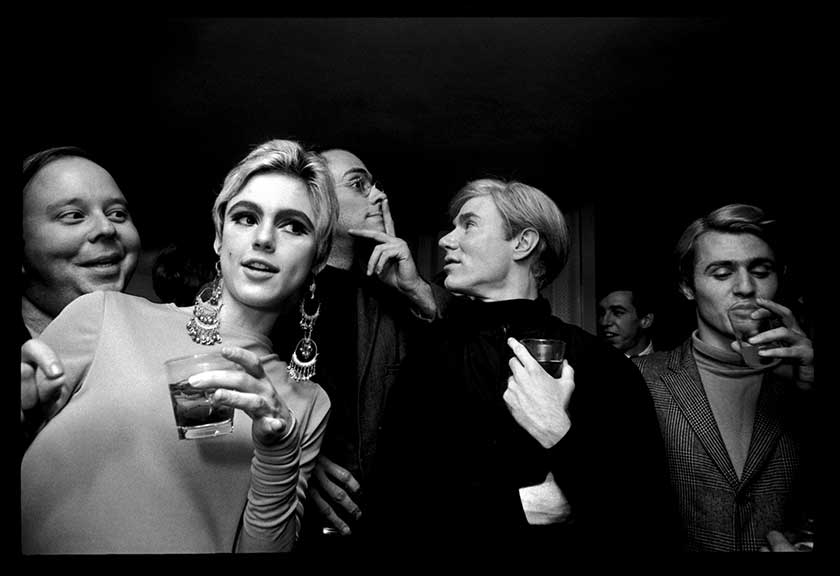
Andy Warhol, Edie Sedgwick and Entourage, New York, 1965
Steve Schapiro © All Rights Reserved.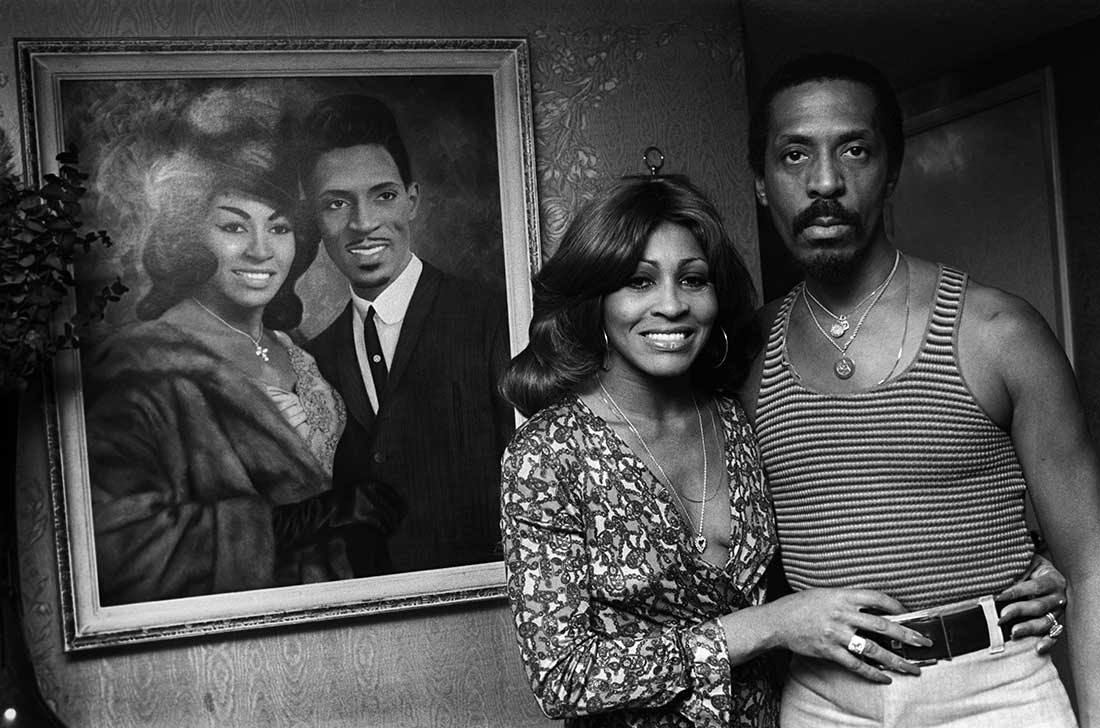
Ike and Tina Turner, Los Angeles, 1974
Steve Schapiro © All Rights Reserved.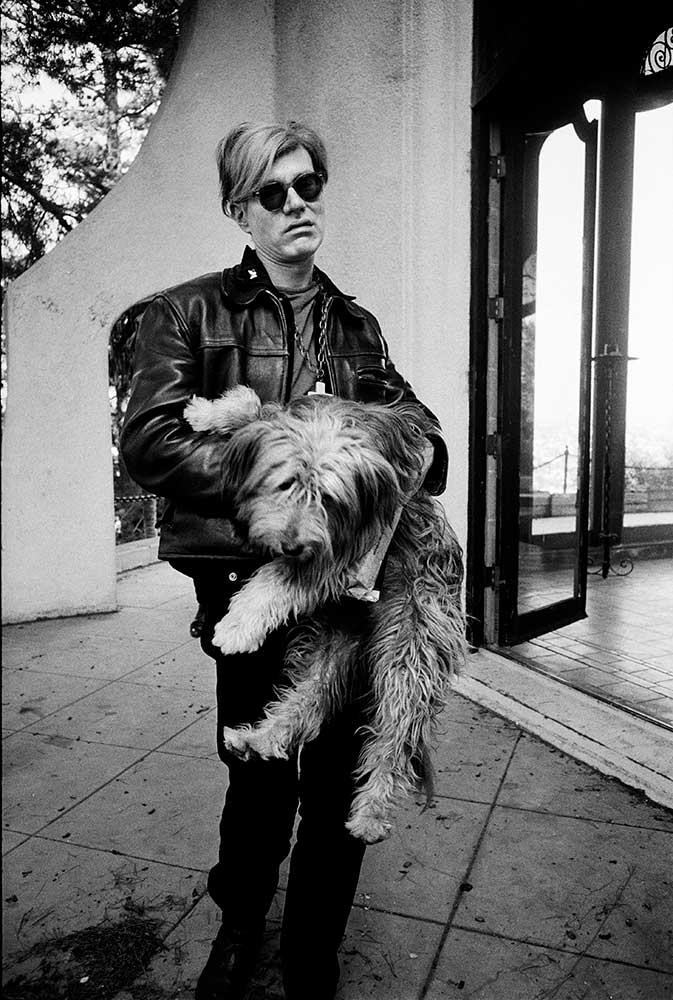
Warhol with Dog, Los Angeles 1965
Steve Schapiro © All Rights Reserved.
Barbra/Hair. Malibu, California. 1973
Steve Schapiro © All Rights Reserved.
Fahey Klein/Gallery founder and director David Fahey
shares his remembrances of Steve Schapiro.

Steve Schapiro © All rights reserved.
In the late 1990s, rock and roll photographer Jim Marshall introduced me to his personal friend and fellow photographer, Steve Schapiro.
I was thoroughly amazed at the breadth and depth of his photographic archive. What sets Steve’s images apart from his colleagues is that with each project, he managed to create memorable and indelible images – which is unusual in photojournalism.
He began his career documenting the American scene through the tumultuous 1960s and across all strata of the edge of our culture. Most particularly the disenfranchised of the times: the migrant farm workers, feminists, the artists, Harlem, and the Civil Rights movement.
I had the pleasure of working with Steve and editing his first book, American Edge. Additionally, I have had the honor and privilege to exhibit Steve’s work many times, in many exhibitions, over the past 22 years. Over this time, we have developed a meaningful personal and professional relationship.
Steve is a talented image-maker that creates powerful photographs with passion and grace. His pictures are objective but also interpretive. He is an expert storyteller with a single image, as well as with a photo essay – making images that are informational, emotional, and truth-telling. His photographs are not only a record of a time and place but also have a way of addressing the collective feelings (past and present) in our culture and society.
The sheer diversity of his life’s work is astonishing. As Steve has said, he has made photographs “from poodles to presidents – and portraits from Beckett to Warhol to Bowie.” His documentary photographs of the Civil Rights struggle are objective and with balance – honest and authentic. He is not afraid of aestheticizing unpleasant truths. Visually, they can contain a beautiful element as well. Beauty can be a doorway to empathy. These important photographs have contributed enormously to our social and political awakening. His freewheeling “fly-on-the-wall” manner and style, along with his hard-earned and unimpeded access, has contributed to his success.
A perfect example of this is when Steve traveled through the American South with James Baldwin. Steve was inspired by Baldwin’s essay in The New Yorker, which later became part of Baldwin’s book, The Fire Next Time. While traveling with Baldwin, Steve documented the people, circumstances, and conditions they witnessed.
His Civil Rights photographs have contributed to the long-overdue racial reckoning.
These images are both arresting and artful and speak to the heart of this nonviolent rebellion.
All photographers will say “my pictures speak for themselves.” But to know Steve Schapiro, the person, you have only to listen to the voicemail recording on his phone:
“Hi, this is Steve Schapiro. I hope you are having a great day – I sure am.
I hope to get back to you soon.
And if I can’t, I Love You!”
– David Fahey | Fahey/Klein Gallery, Los Angeles Steve Schapiro peacefully passed away at his home in Chicago on Saturday, January 15, 2022 – with his wife, Maura, and son, Theophilus. Perhaps fittingly on Martin Luther King Jr.’s birthday. Steve lived a long, productive, and fruitful 87 years.

